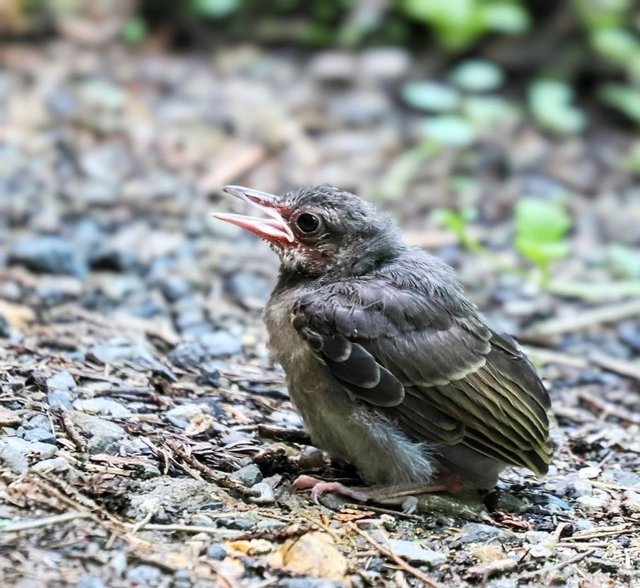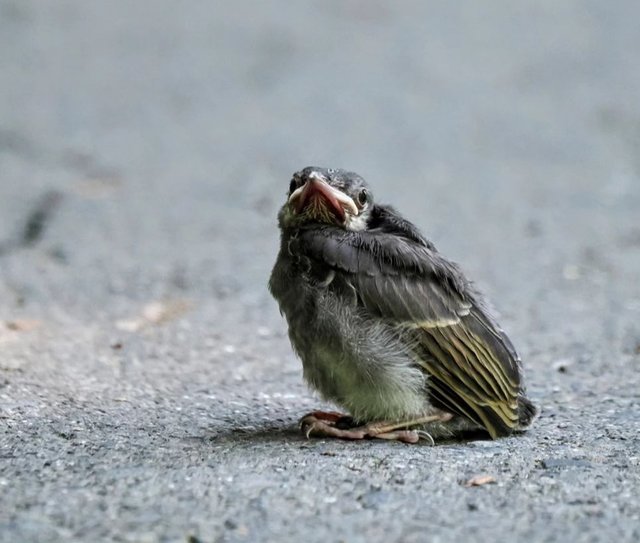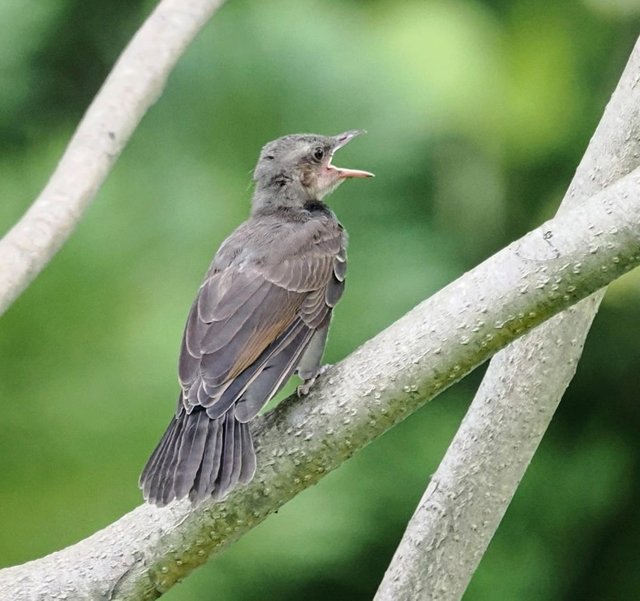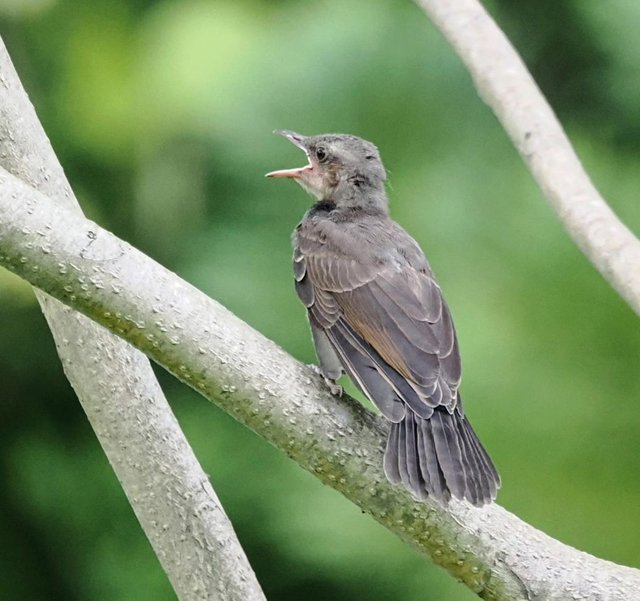So Cute Brown-Eared Bulbul Bird
The brown-eared bulbul is a fascinating bird species native to East Asia, including Japan, Korea, Taiwan, and parts of China. Known for their adaptability and distinctive calls, these birds have become an integral part of the avian biodiversity in these regions. Let's delve into the details of their characteristics, behavior, habitat, and role in the ecosystem.
Physical Characteristics
The brown-eared bulbul is a medium-sized bird, measuring about 27-29 cm in length, with a wingspan of around 40 cm. It has a generally drab coloration, predominantly gray-brown with a slightly paler underbelly. Its most distinguishing feature is the brown patch around its ears, which gives the species its name. The plumage is streaked with white, particularly on the throat and breast, adding to its somewhat mottled appearance. The beak and legs are dark, and the eyes are a striking reddish-brown.
Vocalizations
One of the most notable aspects of the brown-eared bulbul is its vocal repertoire. The bird is known for its loud, varied, and somewhat harsh calls. These vocalizations include whistles, trills, and chattering sounds, which can be heard throughout the day, especially during the breeding season. The calls serve multiple purposes, including attracting mates, defending territory, and communicating with other birds.
Behavior and Diet
Brown-eared bulbuls are highly adaptable and exhibit a wide range of behaviors. They are primarily frugivorous, feeding on a variety of fruits and berries. However, they are also known to consume nectar, insects, and other small invertebrates, particularly during the breeding season when the demand for protein increases. This dietary flexibility allows them to thrive in diverse environments, from forests and woodlands to urban gardens and parks.
In terms of social behavior, brown-eared bulbuls can be seen in pairs or small family groups, especially during the breeding season. Outside of this period, they often form larger flocks, particularly when food sources are abundant. These flocks can sometimes cause conflicts with farmers, as the birds may raid orchards and crops, leading to them being considered pests in some areas.




Thanks For Reading
Device Information
| Device | cannon eos 600D |
|---|---|
| Lens | 55-250 zoom leans |
| Location | Myanmar |
